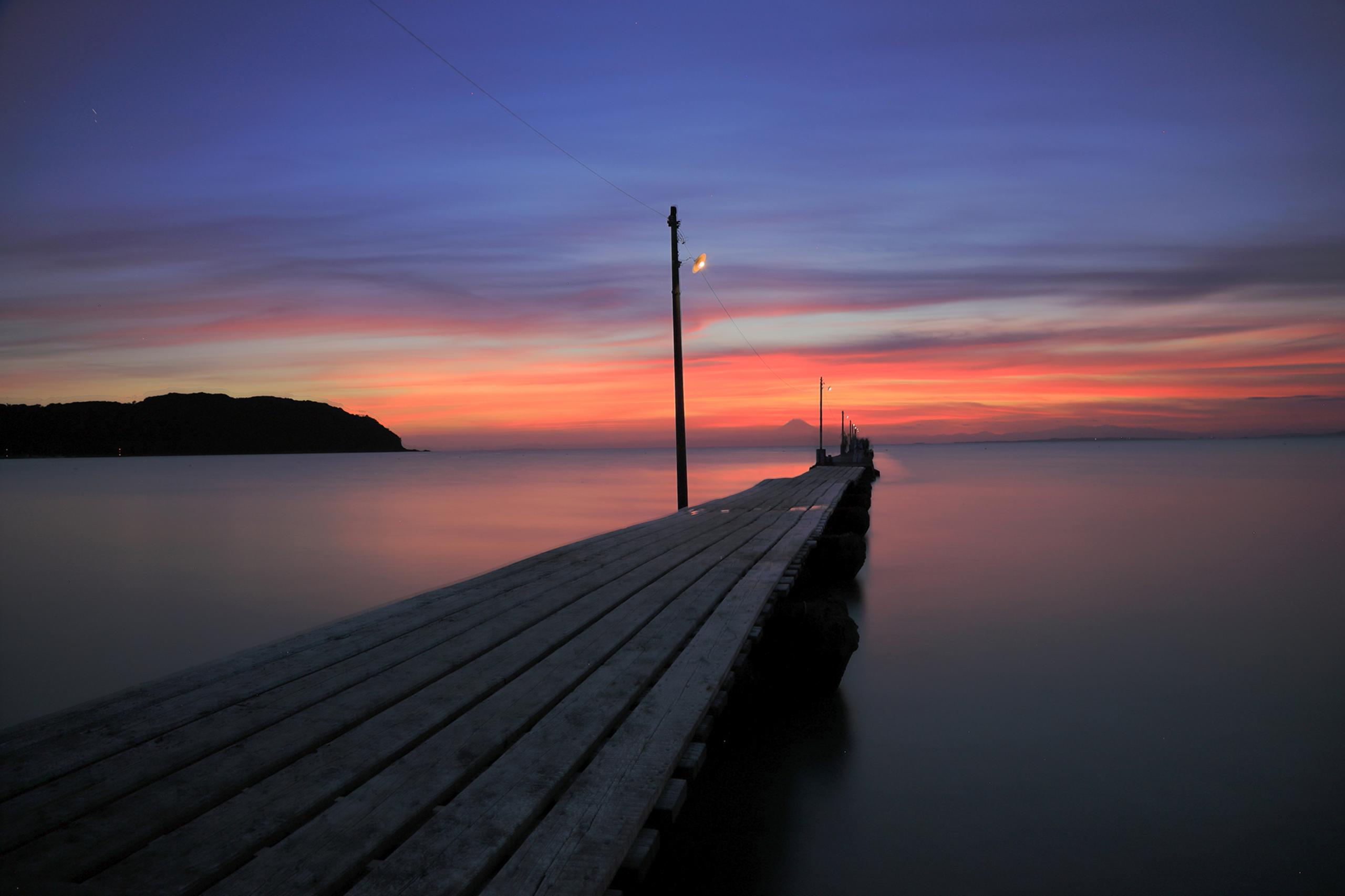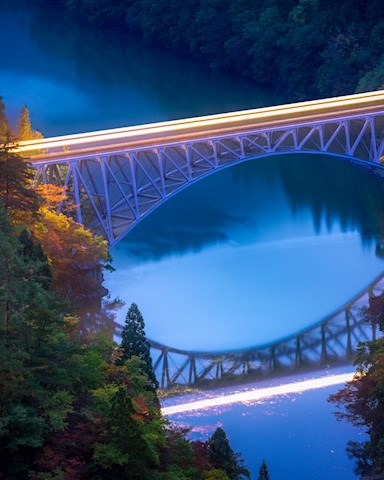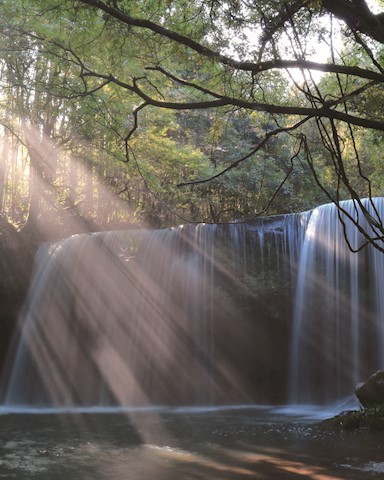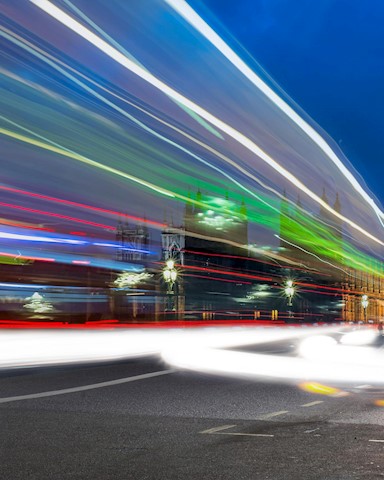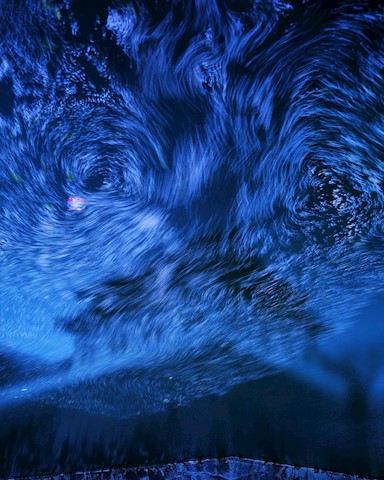What filter should be used? Choosing the right ND filter depends on different factors, like the shooting object, the light and the weather, what you want to express, the taste you want to add to your photos, and so on.
To choose the right ND filter, you can follow these general rules and refer to the corresponding tables below:
Table 1: Check the proper EV value depending on the shooting conditions.
Table 2: Check and combine both aperture and shutting speed according to EV value.
Table 3: Check approximately what shutter speed you can get according to the ND filter you are going to use.
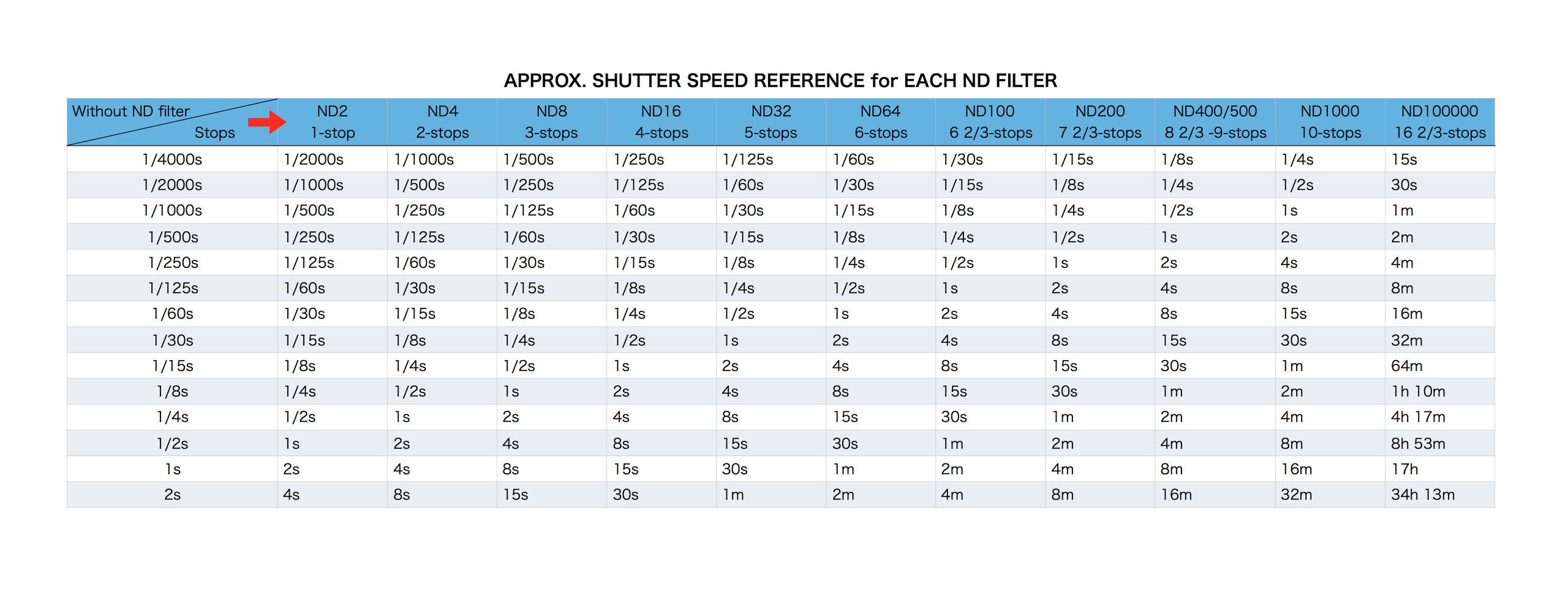
Let's now use these values and information in some practical examples.
Example 1. To take impressive snaps of moving objects
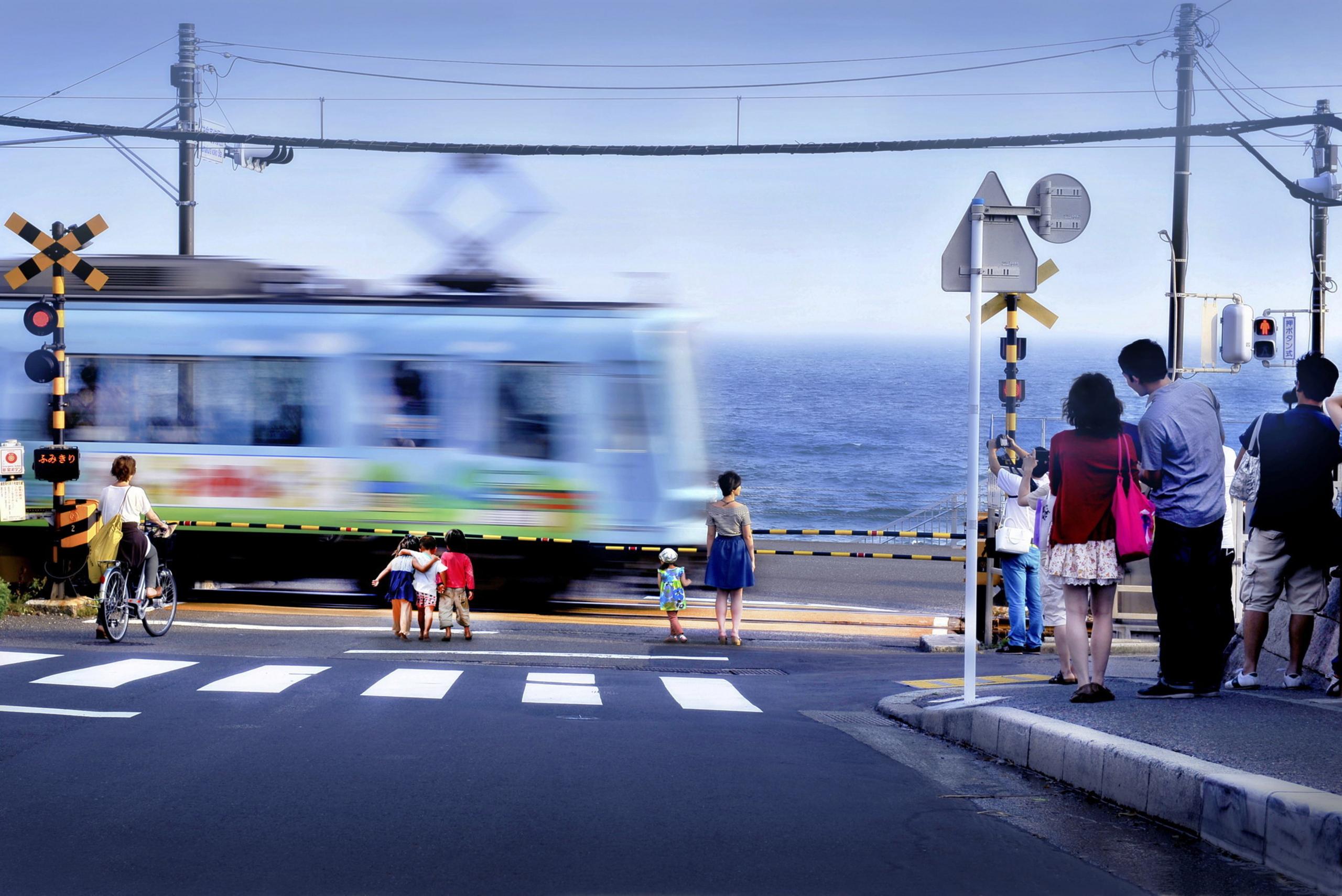
Photo: 高橋邦夫 | ND filter, f/8, 1/20 sec, ISO100
Let's say you want to take an impressive snap of a moving object in sunny day and with a shutter speed of 1/30 sec.
Table 1: "Sunny day" corresponds to "EV 14".
Table 2: If shooting, for example, at f/8 with EV 14, the shutter speed will be 1/250 sec.
Table 3: By using a ND8 filter, you can slow shutter speed down to 1/30 sec.
Tip: If you feel you may need to slow down the shutter speed when shooting, try then to increase f-number as well.
Example 2. To create dreamy and misty sea waves in a sunny day
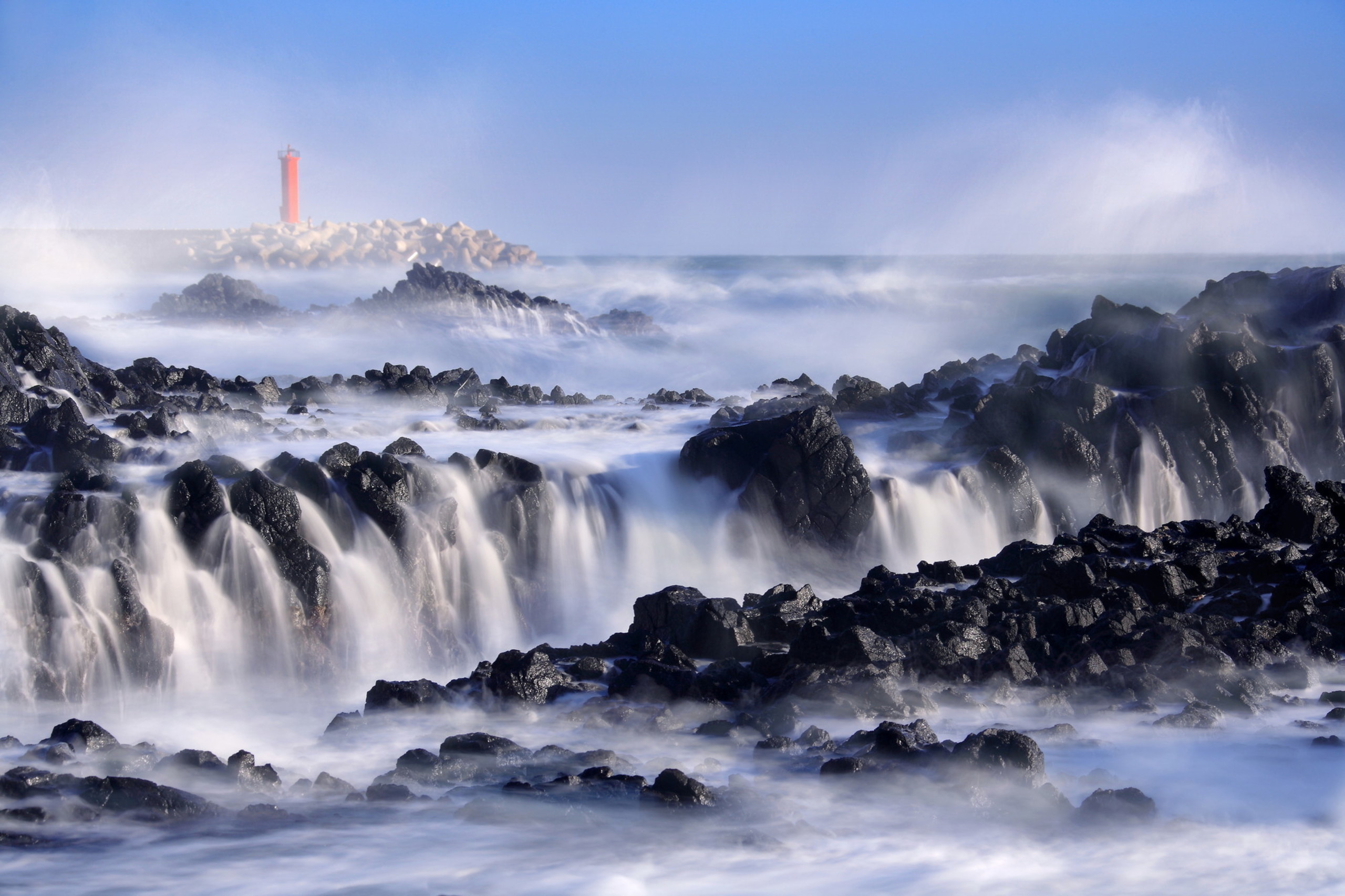
Photo: Hyun-jin, Bae | ND400 filter, f/9, 2 sec, ISO100
Table 1: Cloudless sky/seaside location corresponds to EV 16.
Table 2: If shooting, for example, at f/8 with EV 16m, the shutter speed will be 1/1000 sec.
Table 3: By using a ND1000 filter, you can slow shutter speed down to 1 sec.
Tip: If you shoot with an exposure longer than 10 sec in this shooting situation (cloudless sky, seaside), even a ND1000 won't be enough. By combining a ND1000 and ND16 together, though, you can get a 15 sec exposure. (14 stops of light reduction).
Combining two ND filters: what ND factor? How many stops in light reduction?
When using two nd filters combined together, you can calculate the total ND factor by simply multiplying their ND factors.
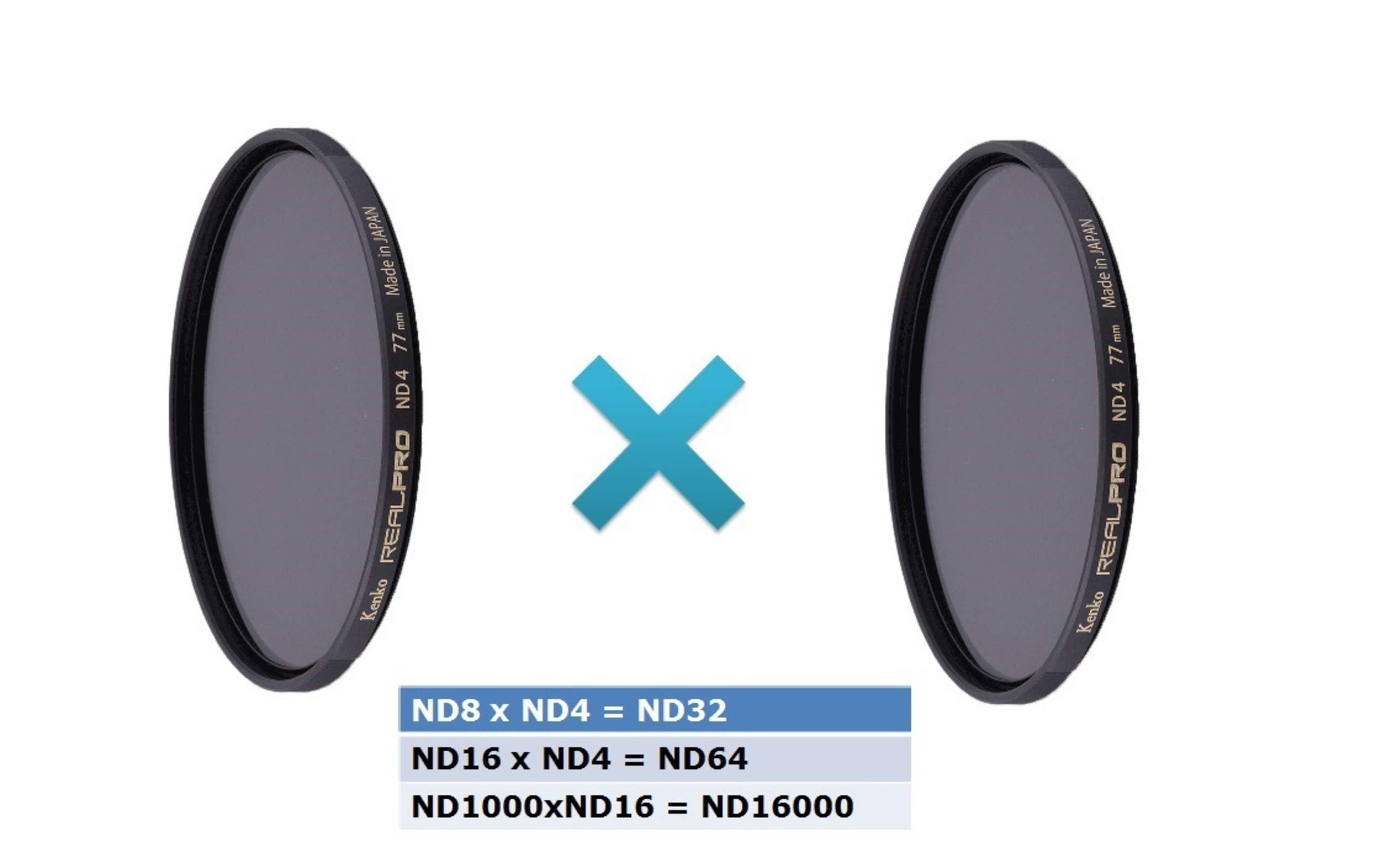
Tip: Bring more than one ND filter always with you!
The best way to control shutter speed in every shooting situation and scenario is to always have more than one ND filters at hand! For example, ND8, N64 and ND1000 are a must-bring combination in many situations.
Doing so makes also possible to combine filters and get the desired ND value when one ND filter single factor won't be enough.
By adding the aperture value of both filters, you can calculate the total amount of light loss.

Tip: Variable ND filter, a valid alternative.
With Variable ND filters, you can change and adjust the amount of light loss with just one filter. It makes these filters particularly suitable for shooting video with DSLR cameras.
